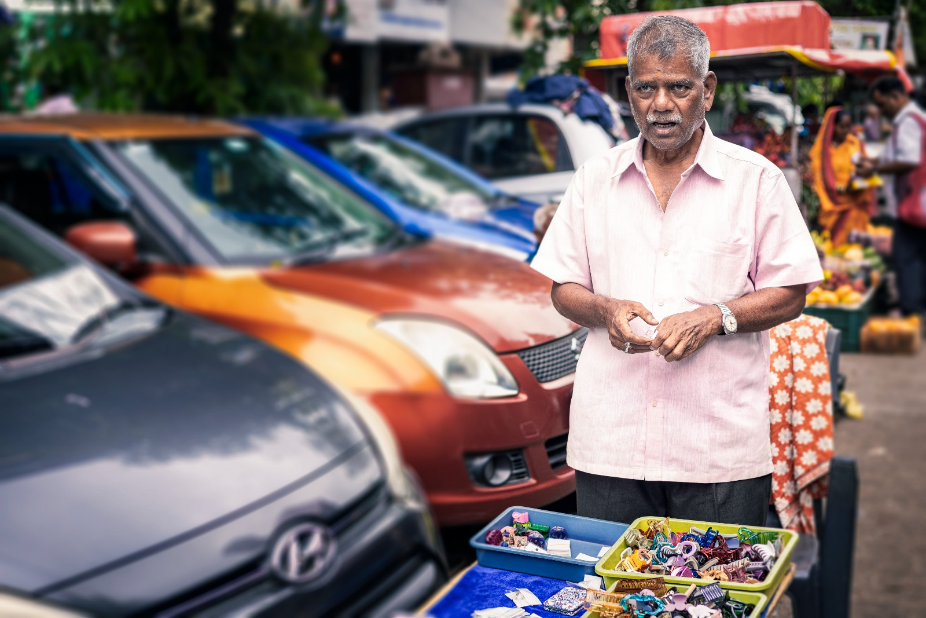Photography has always been more than just an art form — it is a language of light, shadow, and emotion. From the first grainy black-and-white portraits to today’s smartphone snapshots, the camera has had the unique power to freeze moments and preserve human stories. At its best, a photograph doesn’t just document reality — it reveals it. It allows us to pause, reflect, and sometimes, to act.
For generations, photographs have been agents of change. Iconic war images shifted public opinion, portraits of civil rights movements stirred collective conscience, and nature photography awakened environmental awareness. The lens, when wielded with intention, becomes more than a passive recorder; it becomes a storyteller, a witness, and often, a catalyst.
Street photography, in particular, holds a special kind of magic. Unlike staged studio portraits or curated influencer feeds, it thrives on spontaneity — capturing people in their rawest, most unfiltered forms. A vendor arranging flowers at dawn, a key maker patiently waiting for customers, a child playing on the pavement — each of these frames speaks of lives often overlooked. The sidewalk, after all, is not just a pathway but a stage of countless human dramas unfolding in plain sight.
It is here that 17-year-old Ahaana Jhaveri found her purpose. What began as a love for photographing birds and forests evolved into Sidewalk Stories, her initiative that pairs portraits of Mumbai’s street vendors with their lived realities. One of the moments that shaped her journey was meeting a woman who tended to cows on the roadside. After some hesitation, the woman quietly asked for help for her disabled son — not out of desperation, but with a quiet grace that stayed with Ahaana long after the shutter clicked. That encounter turned her photography into something deeper: not just images, but empathy in action.

Projects like Sidewalk Stories remind us that photography, when used with sensitivity, can blur the line between art and activism. A single frame can shift perception, not through loud declarations but through subtle recognition of dignity. When paired with storytelling, these images can inspire micro-acts of kindness — buying a tarpaulin for a vendor, funding a stronger cart, or simply pausing to see a fellow human being.
In an age where visual overload has made us numb to images, it is worth remembering that the camera still holds transformative power. It can connect strangers, amplify unheard voices, and turn fleeting encounters into lasting impressions. Photography is not just about seeing the world — it is about seeing into it. And once you’ve really seen, it becomes impossible to walk away unchanged.
Follow Ahaana’s work at @SidewalkStories



